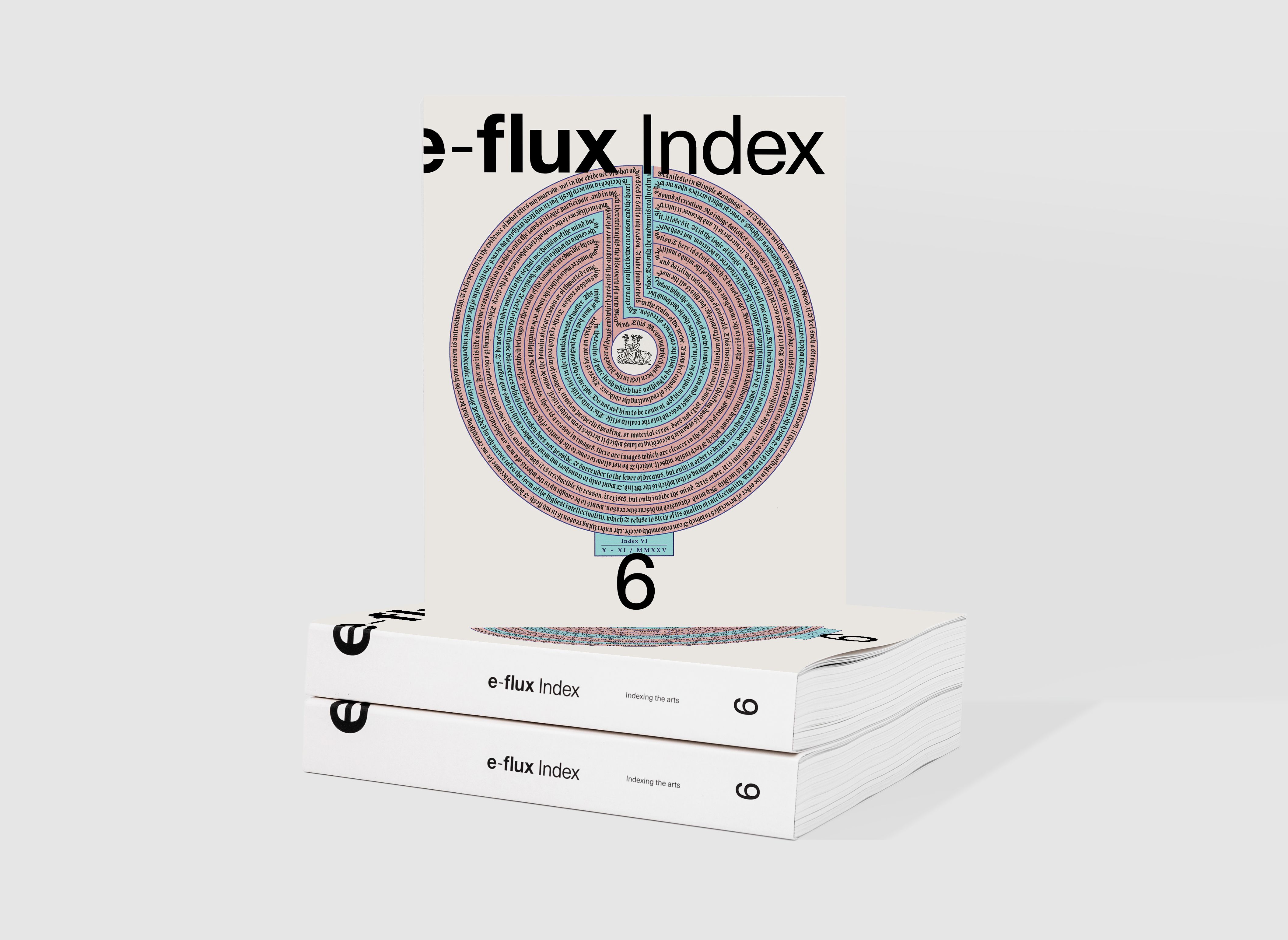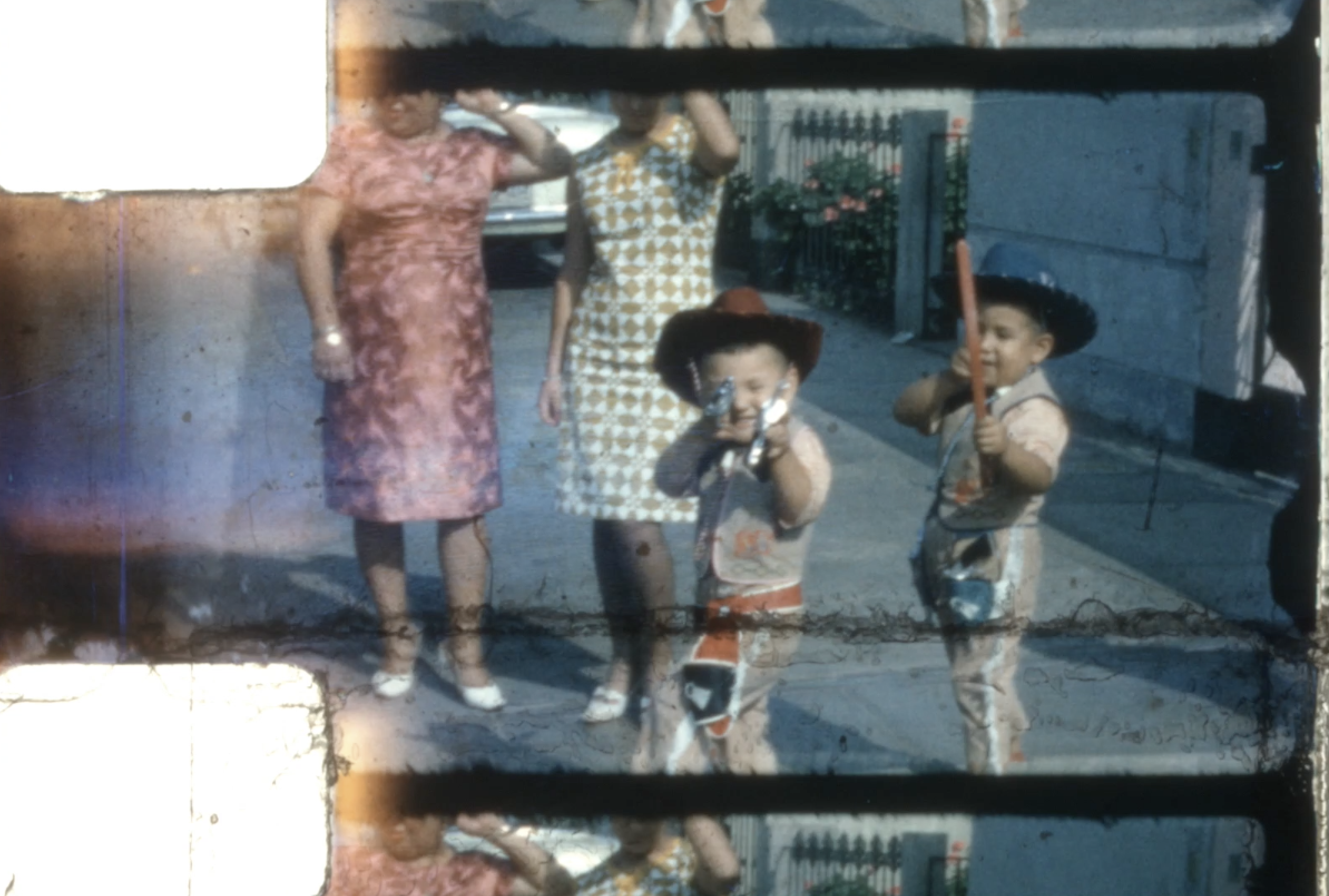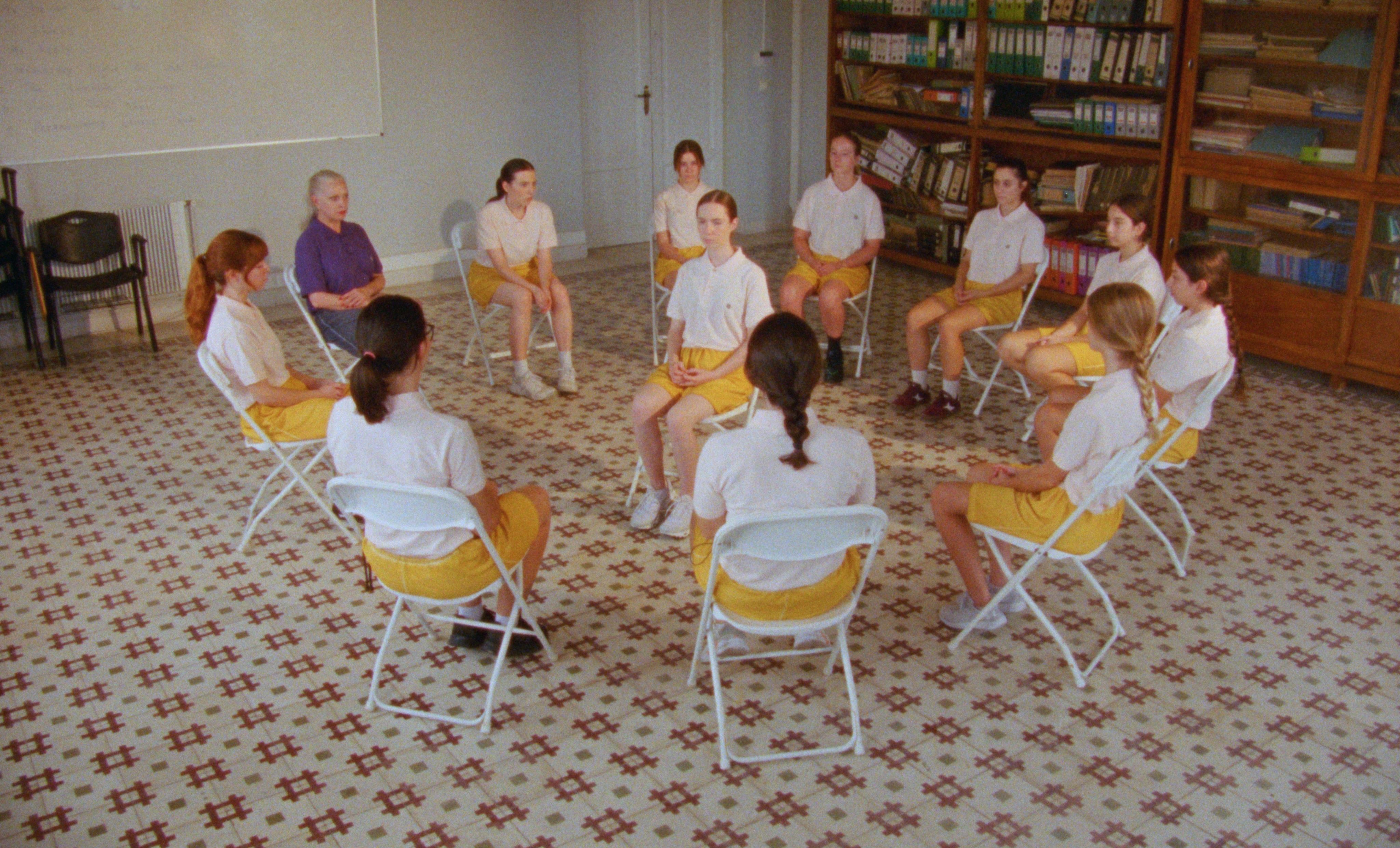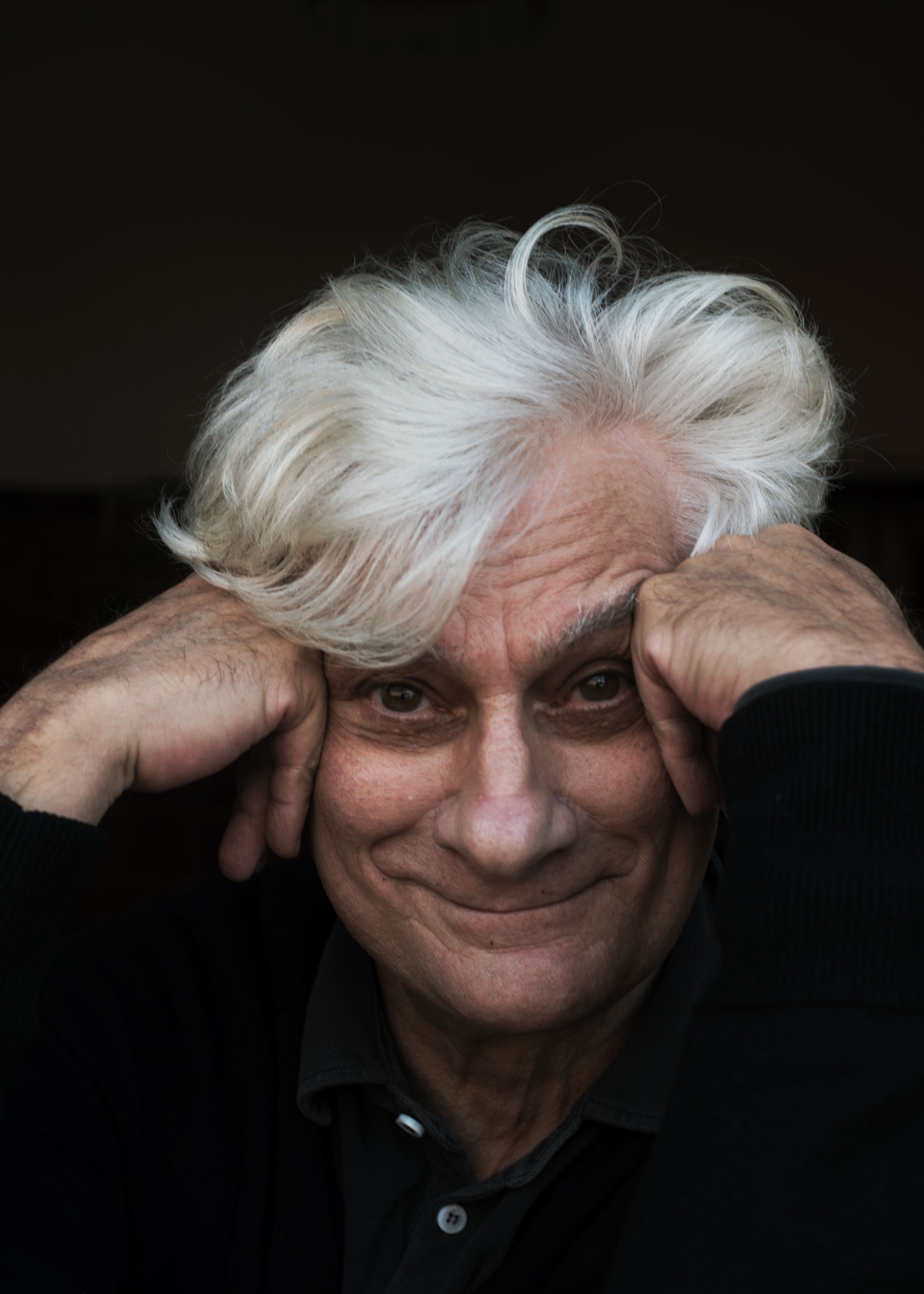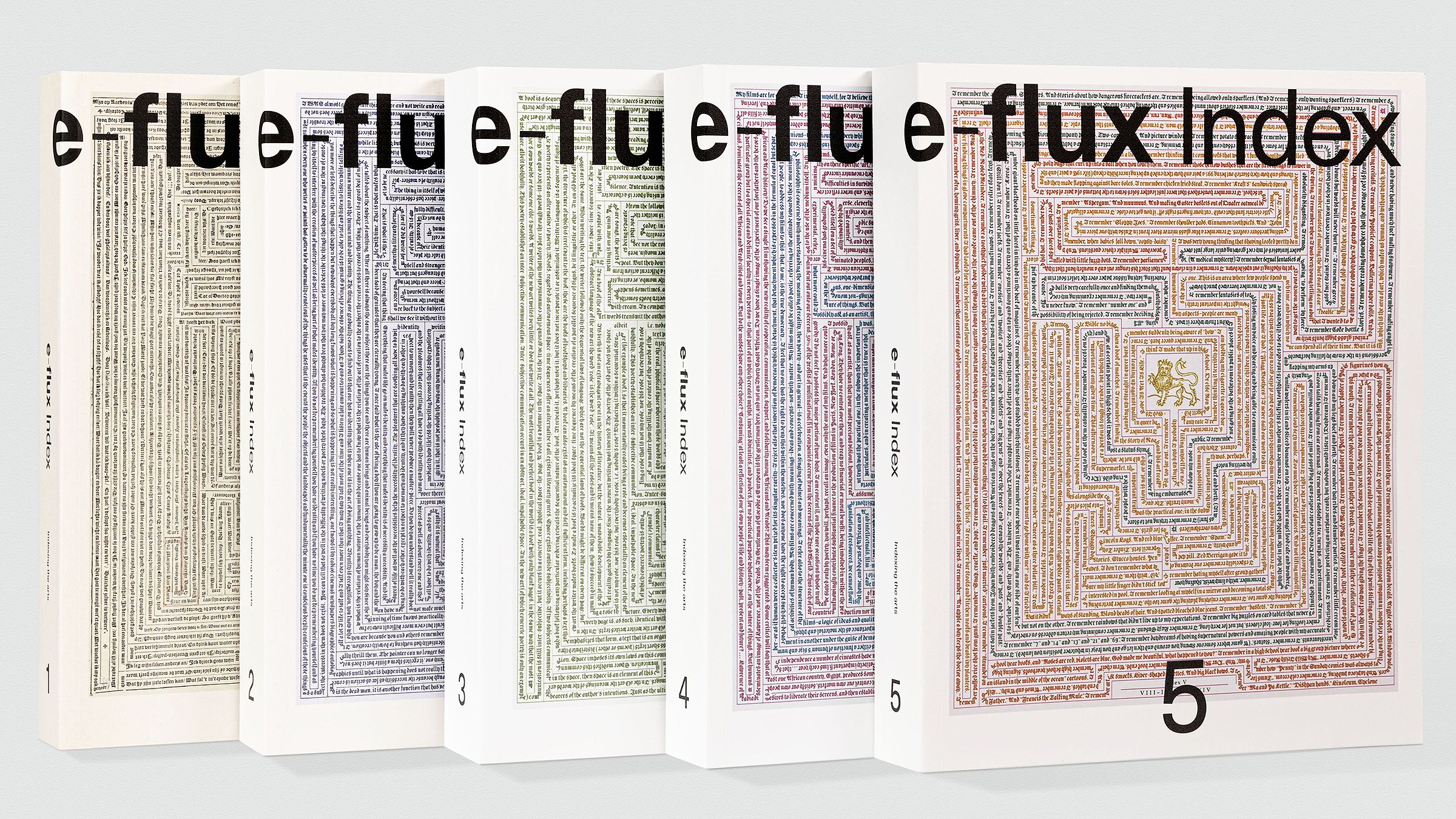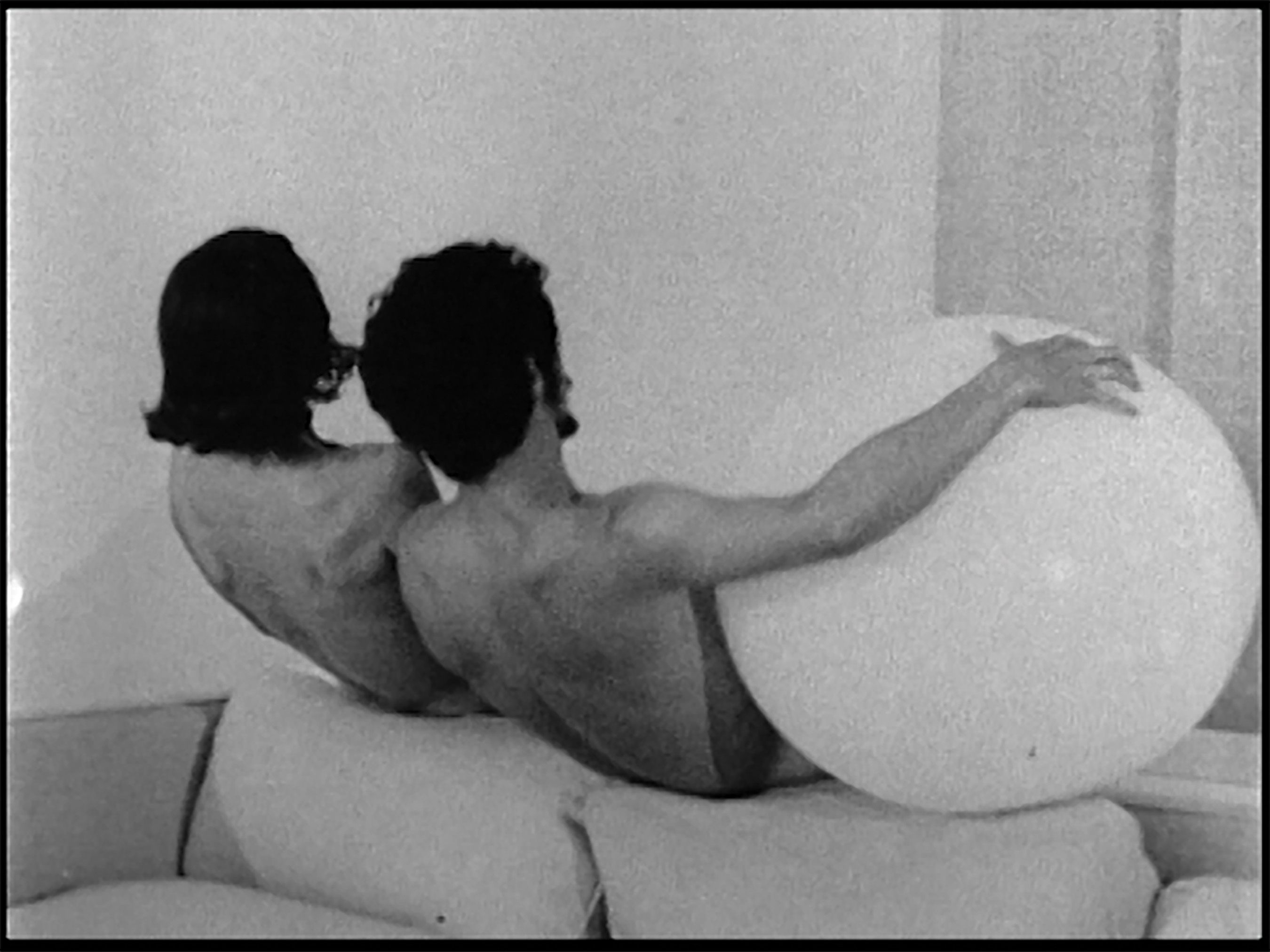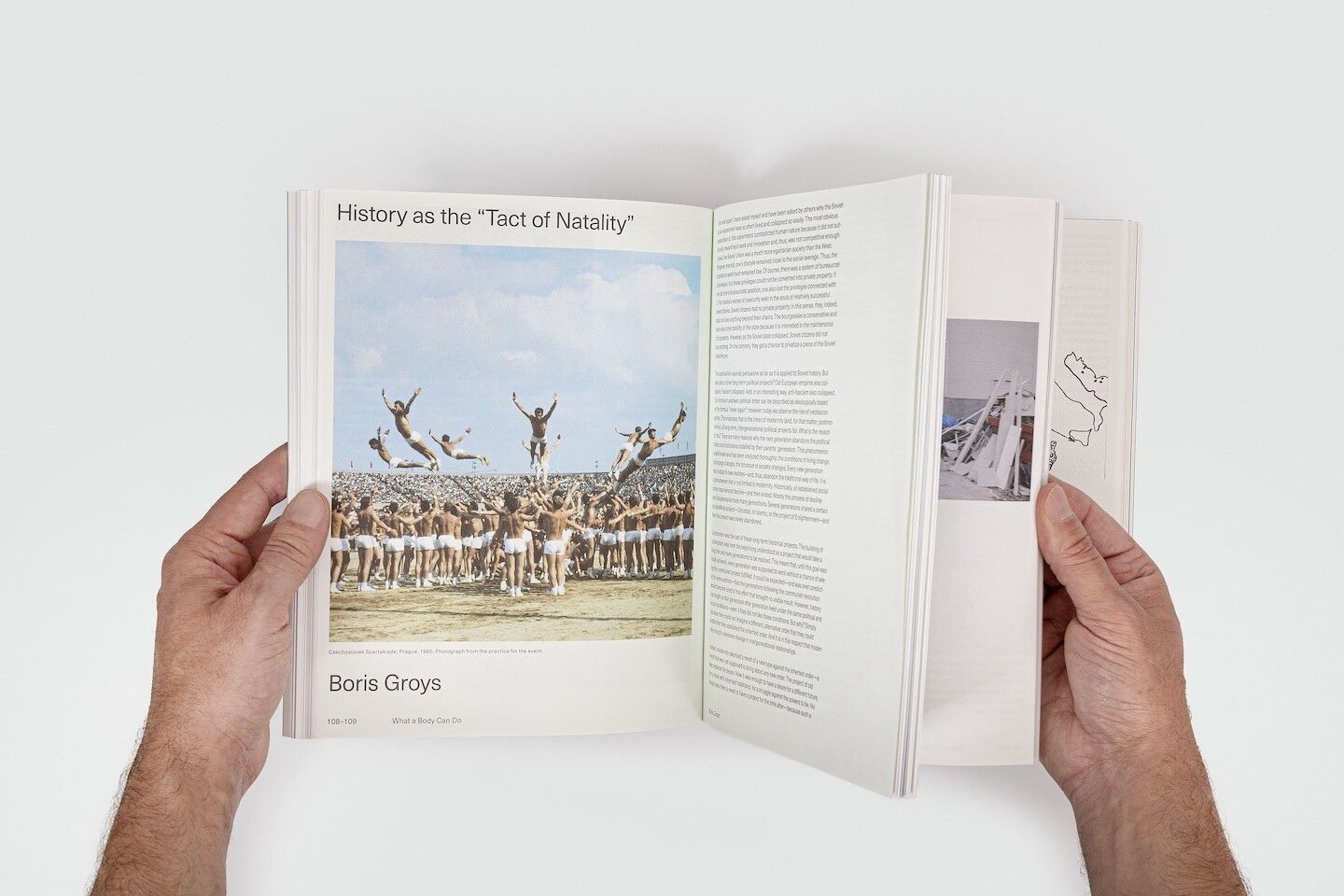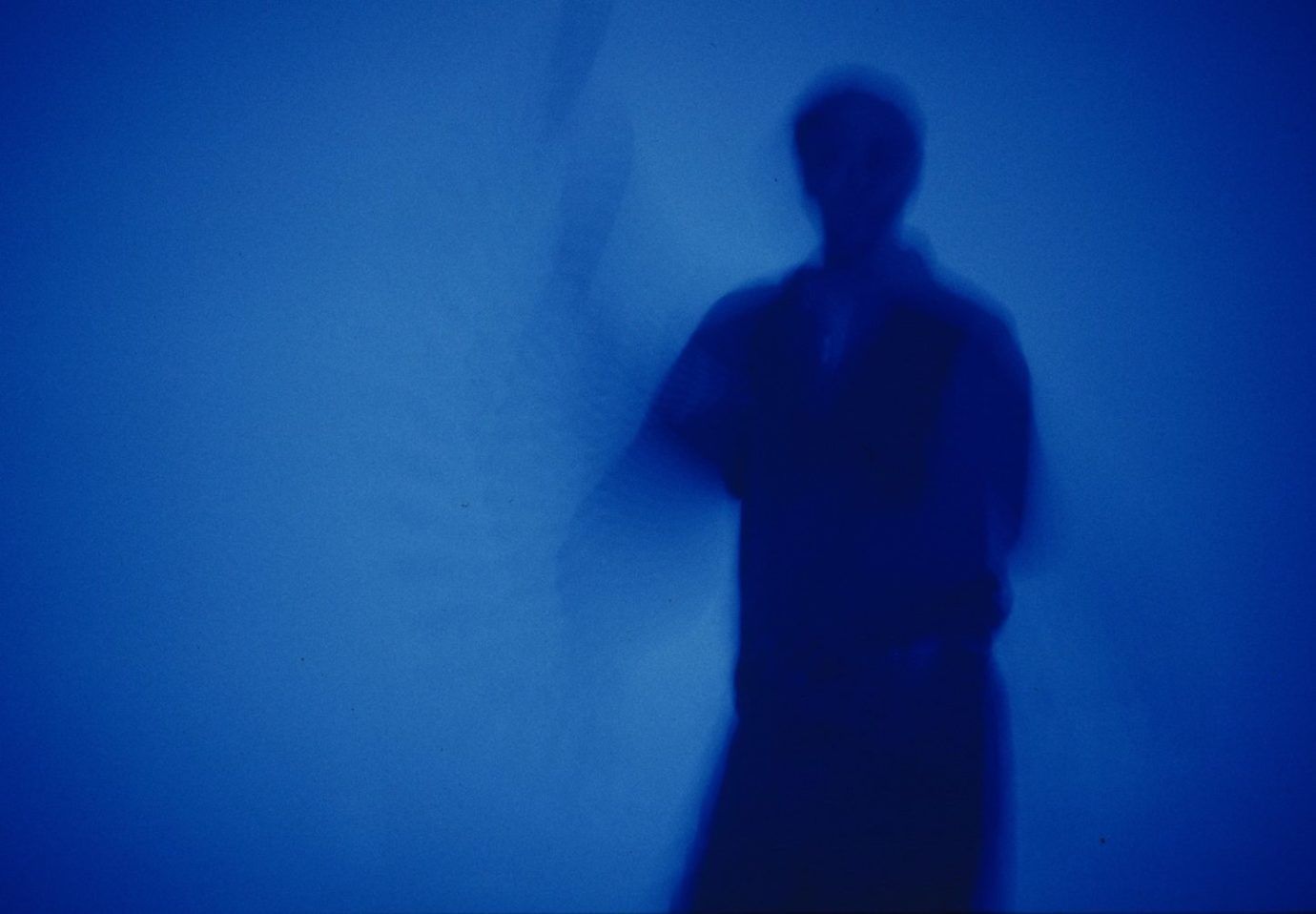Part Four | Optics of Truth: Media and Alternative Facts
Join us on e-flux Video & Film for Optics of Truth: Media and Alternative Facts, the fourth part of the online series True Fake: Troubling the Real in Artists’ Films programmed by Lukas Brasiskis.
Michel Foucault describes the politics of truth as a set of rules that determine the ways with which we distinguish true statements from false ones, and affirm the procedures of truth’s very production. Truth, according to Foucault, is thus always politically regulated and mediated. But can we think about the politics of lies? What happens when falsehood takes the place of truth in the process of the production of truth? The films in this chapter explore the functions and malfunctions of optical media and mass storytelling techniques, with a specific emphasis on audiovisual ways of manipulation. Filipa César’s and Louis Henderson’s Sunstone (2018), Sara Magenheimer’s Art and Theft (2017), Johan Grimonprez’s Blue Orchid (2017), and Hito Steyerl’s How Not To Be Seen: A Fucking Didactic Educational .Mov File (2013) examine the history and present state of the optical production of truths and alternative facts.
The films in Part Four | Optics of Truth: Media and Alternative Facts will screen for two weeks, from Tuesday, March 23 through Monday, April 5, 2021.
True Fake: Troubling the Real in Artists’ Films
Part Four | Optics of Truth: Media and Alternative Facts
Tuesday, March 23—Monday, April 5, 2021
Felipa César and Louis Henderson, Sunstone, 2018
35 minutes
Sunstone tracks Fresnel lenses from their site of production to their exhibition in a museum of lighthouses and navigational devices. It examines the diverse social contexts in which optics are implicated, contrasting the system of triangular trade that followed the first European arrivals in the “New World” with the political potential seen in Op art in post-revolutionary Cuba. Incorporating 16mm celluloid images, digital desktop captures, and 3D CGI, the film also maps a technological trajectory: from historical methods of optical navigation to new algorithms of locating, from singular projection to multi-perspectival satellitic visions. Registering these technical advances progressively through the film’s materials and means of production, Sunstone creates “a cinema of affect, a cinema of experience—an Op film.”
Sara Magenheimer, Art and Theft, 2017
7:22 minutes
Art and Theft explores the bounds of narrative and the illusion of received wisdom in the seven minutes and twenty-two seconds it takes to rob a house. Here, images of medieval art, popular cinema, and “live” news reportage speak candidly to the constructedness of all storytelling traditions.
Johan Grimonprez, Blue Orchids, 2017
47:38 minutes
In Blue Orchids, Grimonprez creates a double portrait of two experts situated on opposite ends of the same issue—the global arms trade. The stories of Chris Hedges, the former war correspondent of the New York Times, and Riccardo Privitera, a former arms and equipment dealer of the now-dissolved Talisman Europe Ltd, provide an unusual and disturbing context for shocking revelations about the industry of war. While interviewing Privitera and Hedges for his recently released feature Shadow World (2016), it became clear to Grimonprez’ that the two men were describing the same anguish and the same trauma, but from paradoxical perspectives. One has dedicated his life to unmasking lies while the other has built his life on lies. Both their personal and political histories gradually reveal the depths of suffering and duplicity, situating the arms trade as a symptom of a profound illness: greed.
Hito Steyerl, How Not to Be Seen: A Fucking Didactic Educational .MOV File, 2013
15:52 minutes
Hito Steyerl’s How Not to Be Seen: A Fucking Didactic Educational .MOV File examines the politics of visibility and the means for opting out of being represented in the digital age. Structured as a “how-to” video, Steyerl’s work presents a variety of practical techniques to avoid being captured by the camera’s lens. While playful in tone, the video’s message is gravely serious; the digital networks that visualize the world today serve to exploit the masses in the name of control, power, and profit. And, as more of us use smartphones to document ourselves and keep tabs on one another through social media, we are implicitly aiding and abetting these monitoring systems through a “regime of (mutual) self-control and visual self-disciplining.” Steyerl cautions that “hegemony is increasingly internalized, along with the pressure to conform and perform, as is the pressure to represent and be represented.” Here, the act of disappearing becomes synonymous with refusal—a refusal to give in to such pressures, and a refusal to participate in these networks of exploitation.
About the series
The unparalleled technological change happening over the past decades has caused a drastic shift in the perception and experience of reality. In the 1990s and early 2000s, traditional certitudes were cast into doubt indicating that belief in factual truths became just an option among a wide variety of angles and perspectives on the real. Consequently, academic discussions about the crisis of truth found resonance in the art world. A number of artists started to make works reflecting on or criticizing the “post-truth” discourse, causing what art critics and historians call the “documentary turn in contemporary art.” However, in the last ten years, when scientific facts about the irreversibility of global climate change have coincided with the unprecedented growth of science denialism, and when a reactionary rhetoric of “alternative facts” as well as the online spread of “fake news” have become a real threat to democracy, the question of the relationship between reality, mediated facts, and identity begs to be reconsidered.
Responding to the current political, technological, and environmental conditions, this series of screenings highlights twenty contemporary and historically important films and videos that examine unstable boundaries between fact and fiction, nature and artifice, objectivity and subjectivity, mediation and exposition. The title True Fake has been chosen as a statement alluding to audiovisual images perceived as fabricated or non-indexical and yet that surpass a simple true/false, documentary/fiction division.
Accompanying the series is a complementary e-flux journal reader dedicated to further inquiry around the often unstable and ambiguous relationship between reality and documentary facts. The series will also include a live discussion with some of the participating artists and other guests, date to be announced.
True Fake: Troubling the Real in Artists’ Films runs from February 9 through April 20, 2021. Screening from today and for the next two weeks are the four films in Part Four | Optics of Truth: Media and Alternative Facts. Subsequent parts will follow bi-weekly, with new films screened every other Tuesday.
For more information, contact program@e-flux.com.

